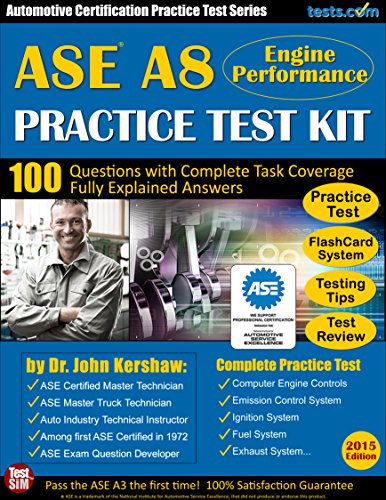
Symptoms of a Bad or Faulty Sidelink
Common signs include a loose steering feel, noticeable clattering sounds, and increased rear tire wear.
When it comes to car suspension, modern cars and SUVs can be very biased towards the front. The front suspension on front-wheel drive vehicles affects steering, stopping, acceleration, and handling, while the rear suspension just wobbles. However, the wheel hubs and the rear axle are strongly supported by a tie rod. The job of the side traction is to keep the rear wheels straight and firm while the front suspension does all the hard work. However, when a side link has problems or fails, it can have a huge impact on the safe operation of your vehicle.
The side link attaches to the wheel hub and vehicle subframe or solid frame, depending on which option is offered for your vehicle. Its primary duty is to provide support for the rear axle and the rear wheels attached to it. It is a one piece piece that also has the bushings and support brackets that make up the entire system. When there is a problem with side traction, it is often due to one of the support brackets and bushings coming loose. If caught quickly, it can be repaired by a certified mechanic quite easily.
When a side link fails or wears out, it can result in a loose rear end, poor steering control and, in some cases, a very unsafe driving situation. Sidelink issues will also display several warning signs and indicators that a problem exists and needs to be fixed as soon as possible to avoid potential security issues. Listed below are some warning signs that there is a problem with a side link.
1. Steering and handling feels free
People familiar with motor racing understand the basic principle of downforce. Essentially, the pressure of the air moving over the vehicle creates a downward force or energy to provide extra weight to the tires. This helps the car to be more stable when it is driving on the race track or making turns. The side bar does the same, but from the bottom of the car. Its main function is to provide extra weight to the rear wheels to keep them firmly on the ground. This helps the rear stay stable when turning the car, especially on front-wheel drive vehicles.
Without the pressure generated by the link, steering and vehicle control will be very weak and unstable. This is usually caused by the side link being loose or failing. Continuing to drive with damaged or worn side arms can create an unsafe driving situation, so you should contact a mechanic immediately if you feel your rear end wobble while driving.
2. Knock from behind.
As the bushings and bearing pivots on the side links begin to wear out, the links will make clanging noises every time the rear end hits a bump in the road. However, noise can also be noticed when you drive over seams, bridges, or gravel roads. In the worst case, the side rod will break off the support and drag along the ground. This will also produce a very loud sound that is very easy to spot.
3. Increased rear tire wear.
Although side traction adds "weight" to the rear wheels, it doesn't add any extra wear. In fact, on most front-wheel drive vehicles and SUVs, rear tires wear three times longer than front tires. This is why tire replacement every 5,000 miles is critical to overall tire wear. However, when the links fail or wear out, it can lead to premature wear on the inner or outer edges of the rear tires. This symptom is similar in many ways to frontend alignment problems. When the side link is damaged, the reduced weight will be applied to the inside or outside edge of the vehicle. The other edge will absorb most of the road and cause additional wear.
Side traction on any vehicle is often overlooked, but as you can clearly see above, it is a vital component of any car, truck or SUV. If you notice any of the above warning signs or symptoms, be sure to see a professional mechanic as soon as possible to have the lateral link replaced.

